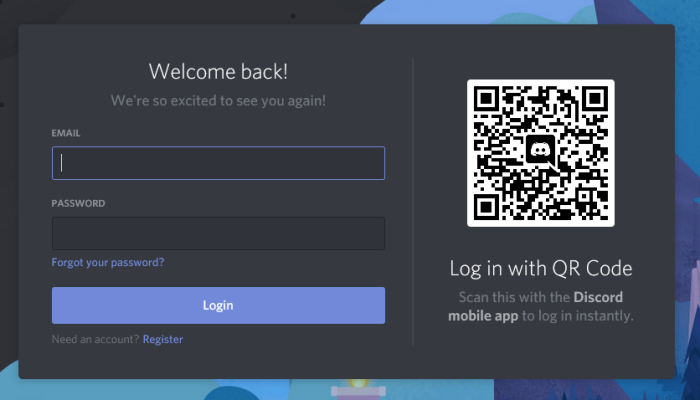

And sometimes, adults just wanted to have their own space. That role prevented them from accessing channels that we marked as “not safe for work,” or “NSFW.” Some of the writers were working on explicit romance novels and didn’t want to solicit feedback from teenagers. Community members had to disclose their age, and anyone under 18 was given a special “role” that tagged them as a minor. He didn’t want to kick the teens out, but was able to make some adjustments using Discord’s server moderation system. It was supposed to be a supportive community for people working on writing projects, after all. While the server owner had kept the space invite-only, he avoided saying “no” to anyone who requested access. The people in the writers’ server quickly realized that a few of our community members were teenagers under the age of 18. It reminded me of descriptions of early online chat and forum-based communities that hosted lengthy conversations between people all over the world. The writer’s group server felt like an old-school chat room, but with multiple channels segmenting out different conversations that folks were having. Discord users can set up their own communities, called servers, with shareable links to join and choices about whether the server is public or private. People do still use Discord for that, but these days most of the activity on the service is part of a wider community than just a couple of friends meeting up to play.Įxamining Discord is part of my research into how scholars, developers and policymakers might design and maintain healthy online spaces.ĭiscord first came onto my radar in 2017 when an acquaintance asked me to join a writer’s support group.

Discord was an app that enabled real-time voice and text chatting, so friends could team up to conquer an obstacle, or just chat while exploring a game world.

When Discord was initially released in 2015, many video games did not allow players to talk to each other using live voice chat while playing the game – or required them to pay premium prices to do so. But the small-group niche community is making a comeback with adults, and with kids and teens. This allows social media sites to suggest new spaces users might join, whether it’s a local neighborhood discussion or a group with the same hobby, and sell specifically targeted advertising. Since the early 2000s, mass-appeal social media platforms have collected these small spaces into bigger ones, letting people find their own little corners of the internet, but only with interconnections to others. Initially, there were dial-up chat servers, email lists and text-based discussion groups focused on specific interests. Ever since the earliest days of the internet in the 1980s, getting online has meant getting involved in a community.


 0 kommentar(er)
0 kommentar(er)
